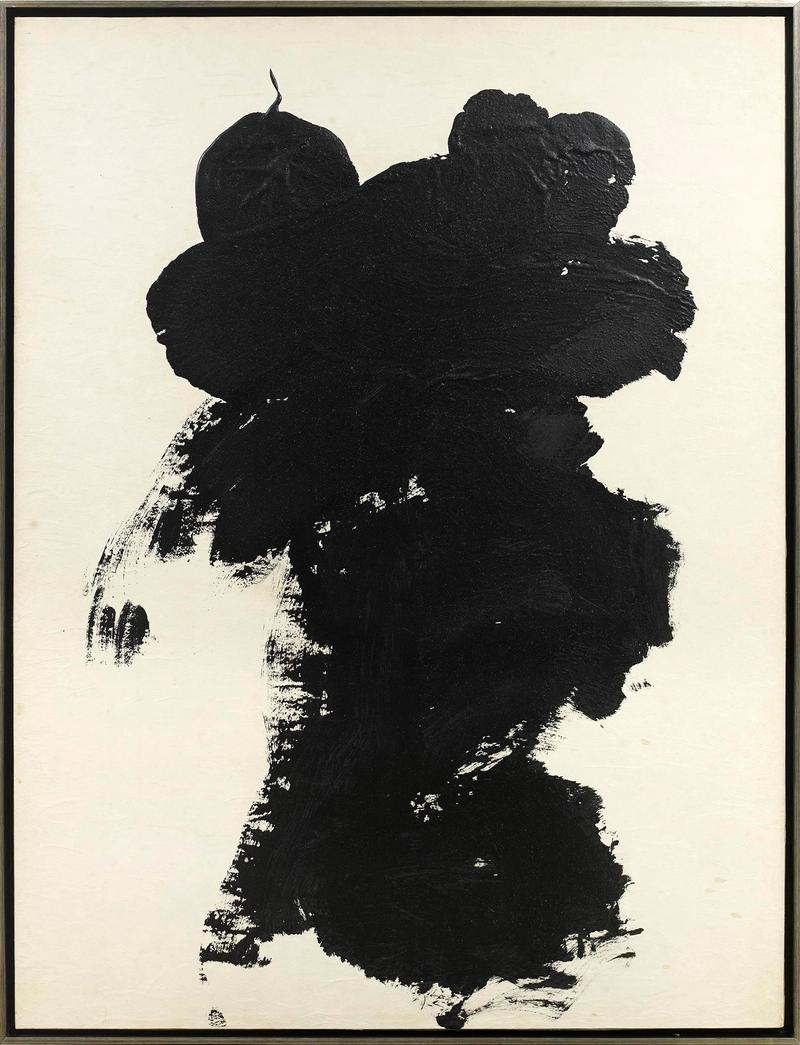A pair of six-fold screens depicting ‘One Hundred Boys'
A pair of six-fold screens depicting numerous karako (Chinese children) at play in a luxurious palace garden, also known as the theme ‘One Hundred Boys’
Kano School, Japan 17th-18th century Edo period
Dimensions: H. 121 cm x W. 281 cm (47¾” x 110¾”) each
These screens depict 62 playful Chinese boys in a large, sumptuous palace-garden amongst lavish golden clouds. The opulent setting is enriched by minutely depicted palace pavilions over a lake in a mountainous garden with water cascading down through the hills where various flowers such as peonies and plum are blossoming. This garden scene is alluring in itself, yet what makes this pair incredibly charming and animated are the numerous children portrayed.
Looking at the details, these delightful children are engaged in various playful activities. Some are executing calligraphy, painting, or playing go, while some are joyfully leading a hanaguruma (flower cart) with a flower basket with a drum and possibly other music and song, suggesting the theme of the 'four arts' of the Chinese scholar — calligraphy, painting, the game of go and music — are cleverly incorporated into the scene. Others are watering or picking flowers, reading scrolls, watching a cock fight, spinning tops, fishing, or trying to encourage a bird back in to its cage, representing the innocence and happiness of childhood in a variety of ways.
Most likely originating from the traditional Chinese theme of 'One Hundred Boys' from the Song dynasty (960-1279), the subject of numerous boys decorated many ceramics and decorative objects in the late Ming period (1368-1644). Called karako in Japanese, Chinese boys also became one of the classic and popular themes in Japanese art. Considering the auspiciousness of the motif and the sumptuous aesthetic of the painting, this pair of screens may have been cherished as part of bride's trousseau or used to decorate a celebratory gathering such as a New Year’s party, symbolising hope for a joyful, prosperous family life as well as longevity, health and many offspring.
The theme was one of a large repertoire of subjects by the Kano School, the largest and most influential painting school in Japanese history. The Kano School dominated the centre of the Japanese art scene from the middle of the Muromachi period (1392-1573) to the end of Edo period (1603-1867). The school worked closely with the ruling classes and the elite of Japanese society receiving countless commissions to paint the walls, sliding doors and screens of palaces, castles and temples as well as smaller paintings such as hanging scrolls and fans. The school was founded in the middle of the 15th century by Kano Masanobu (1434-1530) an artist who excelled in the fashionable Chinese-style suiboku-ga (ink painting) of the Muromachi period. Having inherited the tradition of ink painting from his father, Kano Motonobu (1477?-1559) began to introduce the sentiment of the classical Japanese-style Tosa School, establishing a new painting style and the basis of a hereditary family tradition of painting which flourished for over 400 years. During the Edo period, the Kano School was patronised by the Shogun and became the official painters working for the newly established leaders making it the most powerful painting school Japan has ever known.
For comparable examples in the museum collections, visit:
https://www.metmuseum.org/art/collection/search/75372 (a pair of six-fold screens ‘One Hundred Boys’, by Kano Eino (1631-1697), 17th century, The Metropolitan Museum of Art, accession no. 2009.260.1, .2)
https://www.metmuseum.org/art/collection/search/72600 (a six-fold screen ‘One Hundred Chinese Boys’, 18th century, The Metropolitan Museum of Art, accession no. 2004.505)




















